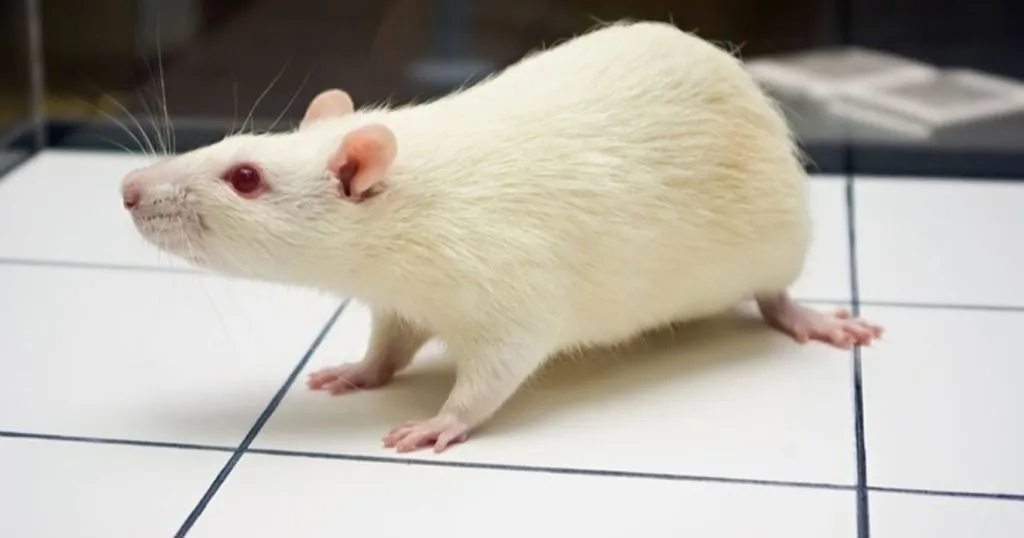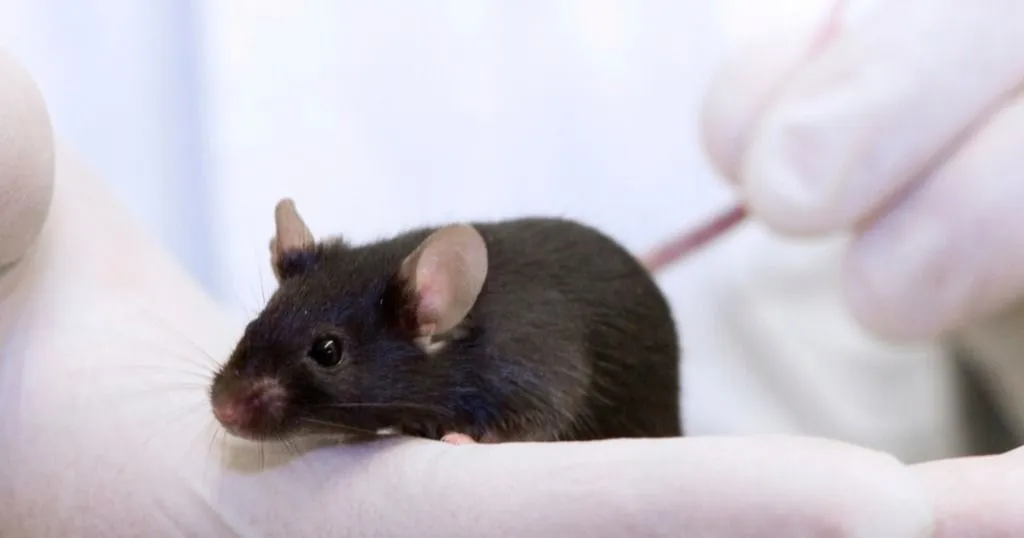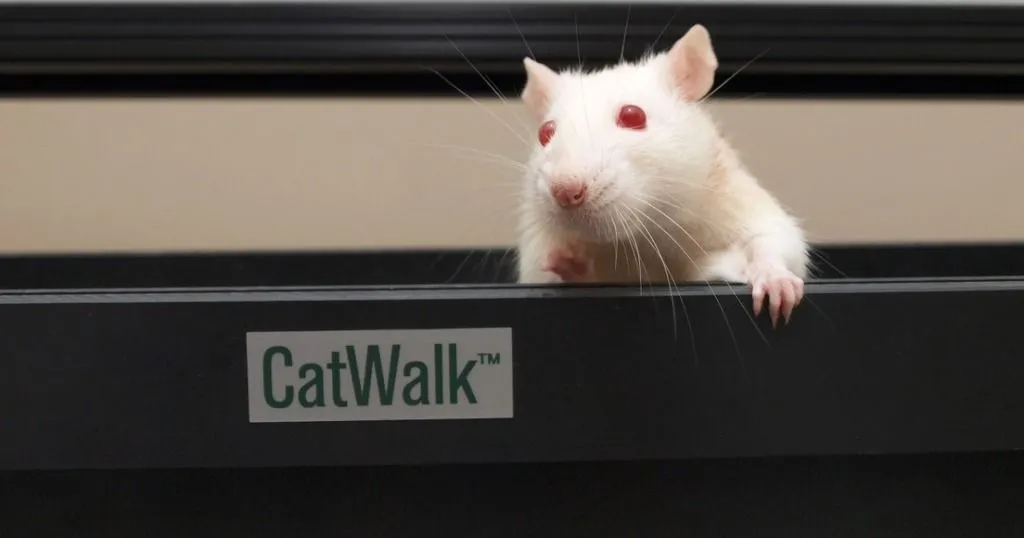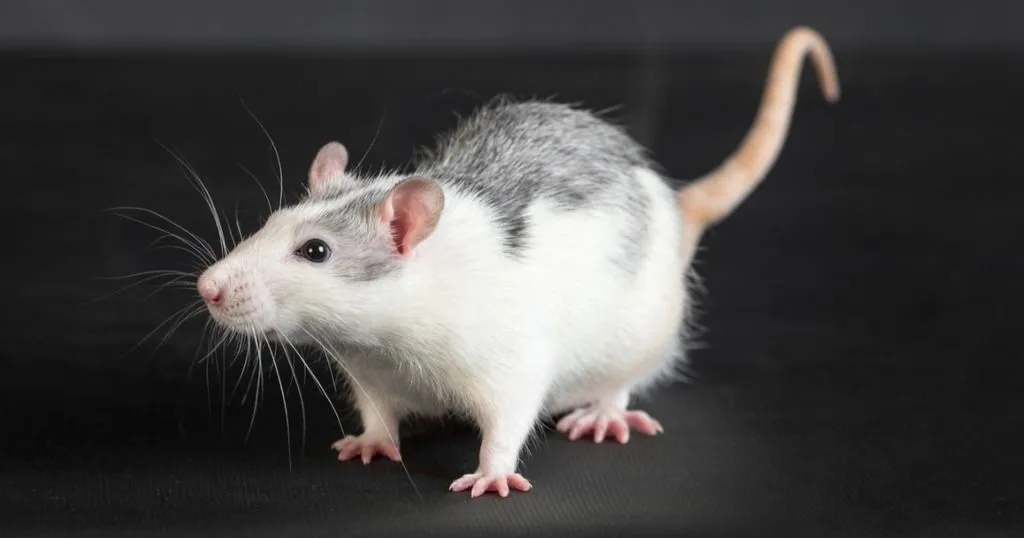Blog posts tagged with motor performance

03 Aug
animal behavior research
Alzheimer’s and Parkinson’s
A 5-HT1A agonist and NMDA antagonist against Parkinson’s disease
Reducing side effects of L-Dopa with 5-HT1A receptor agonists can improve motor activity in a Parkinson’s disease model when combined with NMDA antagonists.

24 Nov
animal behavior research
Gait and Locomotion
A new sensory and motor scale for the CIA arthritis mouse model
Dr. Bonnefont and her colleagues at IRMB in France just recently proposed a new ArthriSM scale to predict motor and sensory functional deficits in arthritis mouse model. Read more about it in her blog post!

08 Apr
animal behavior research
Gait and Locomotion
Assessing motor outcome in rats with peripheral nerve injury
At LBI Trauma, CatWalk XT is one of the most important tools to evaluate functional recovery in different animal models. Read more about what they found to be key factors when studying motor performance in rats with femoral nerve injury.

11 Mar
animal behavior research
Gait and Locomotion
Traumatic Brain Injury: effects on the brain and motor coordination
Do you think of wearing a helmet while skiing, cycling or horseback riding? Read more about how the brain is affected after the head injury and how you can examine locomotion in a mouse model with TBI.

19 Feb
animal behavior research
Gait and Locomotion
Testing motor coordination in a mouse model with muscular dystrophy
Muscular Dystrophy is a broad group of diseases recognized by the loss of muscle mass and strenght. Researchers tried to discover if gene therapy strategies can help with reducing symptoms.

11 Sep
animal behavior research
Other (Animal)
Walking the ladder: testing the cellular source of motor functioning in mice
The cerebellum, our “little brain”, is all about motor control; more specifically, it’s about coordination, precision, and timing.